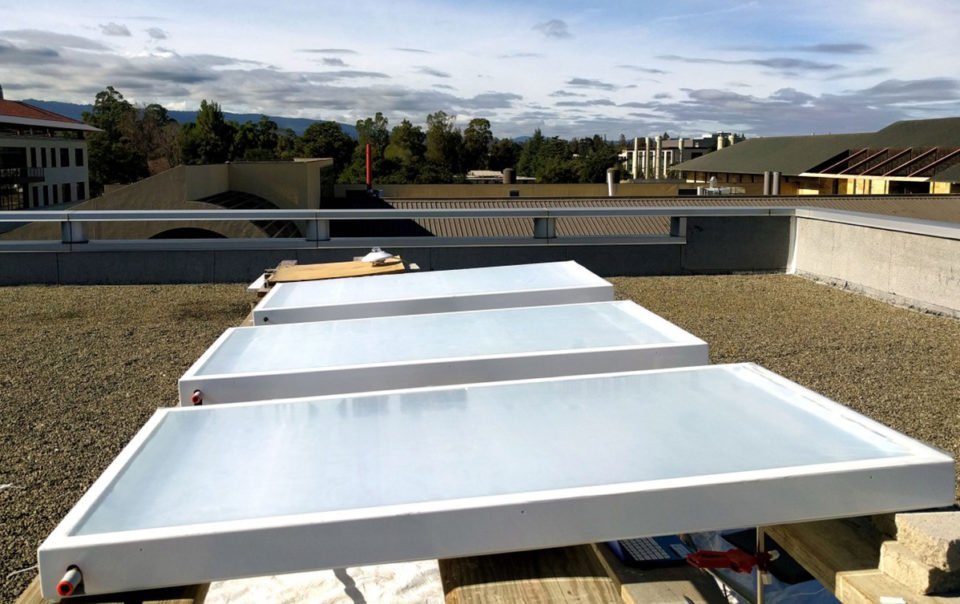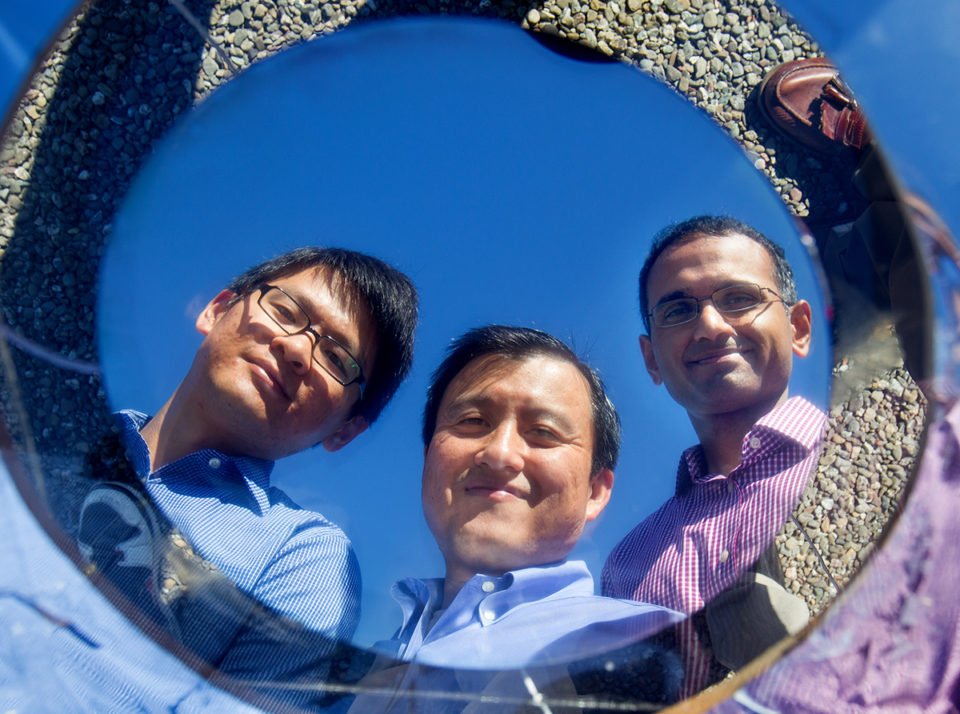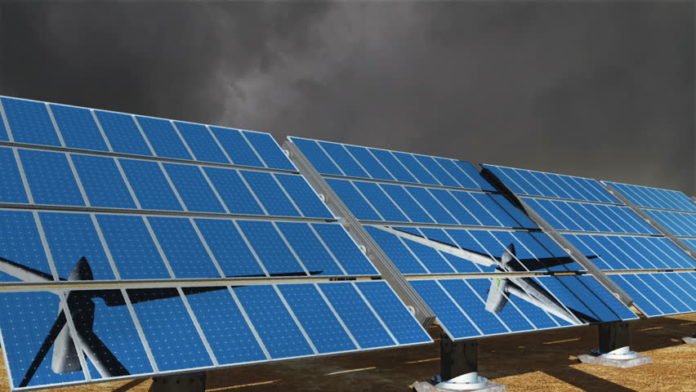Stanford scientists have recently built a cooling system that looks similar to a regular roof. Since 2013, Stanford scientists are working on this project. They have employed this roof as a testbed for a high-tech mirror-like optical surface. They believe that the technology could be the future of lower-energy air conditioning and refrigeration.
This cooling system holds the potential to cool flowing water to a temperature below that of the surrounding air. It actually made of an ultrathin, multilayered material that deals with light in both visible and invisible way. And the more fascinating is the entire cooling process works without electricity.
Raman said, “This research builds on our previous work with radiative sky cooling but takes it to the next level. It provides for the first time a high-fidelity technology demonstration of how you can use radiative sky cooling to passively cool a fluid and, in doing so, connect it with cooling systems to save electricity.”

Our body usually releases heat in the form of radiative cooling to both the sky and our surroundings. Radiative sky cooling is the process that everyone and everything does, resulting from the particles discharging heat. On the hot, sunny days, radiative sky cooling is not strong enough as the sunlight warms you more.
So, scientists used a multilayer optical film to sort this problem. The film reflects almost 97 percent of the sunlight by being able to emit the surface’s thermal energy through the atmosphere. Thus, radiative sky cooling cools down the surrounding below the air temperature even on a sunny day.
Goldstein said, “With this technology, we’re no longer limited by what the air temperature is, we’re limited by something much colder: the sky and space.”
To test their system, scientists created a system where panels covered in the specialized optical surfaces sat atop pipes of running water. They then tested it on the roof of the Packard Building. They found that the panels were slightly more than 2 feet in length on each side. When the water moves at fast speed, the panels were found as consistently reducing the temperature of the water 3 to 5 degrees Celsius below ambient air temperature.

Scientists then calculated how much electricity they could save if placing this cooling system. They even make use of the vapor-compression system with a condenser. During sunny days, this cooling system saved 14.3 megawatt-hours of electricity, a 21 percent reduction in the electricity used to cool the building. The daily electricity savings fluctuated from 18 percent to 50 percent.
He said, “It’s very intriguing to think about the universe as such an immense resource for cooling and all the many interesting, creative ideas that one could come up with to take advantage of this.”
